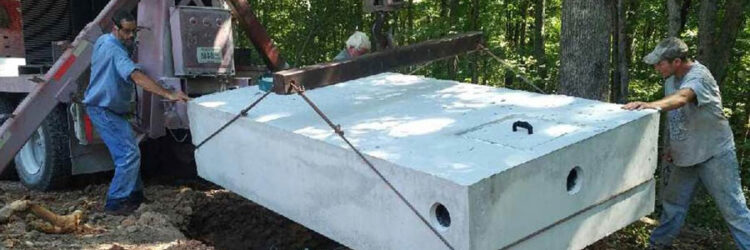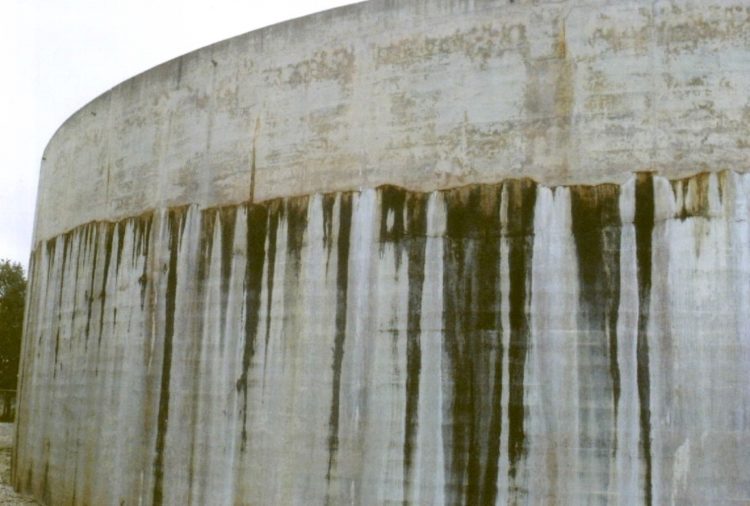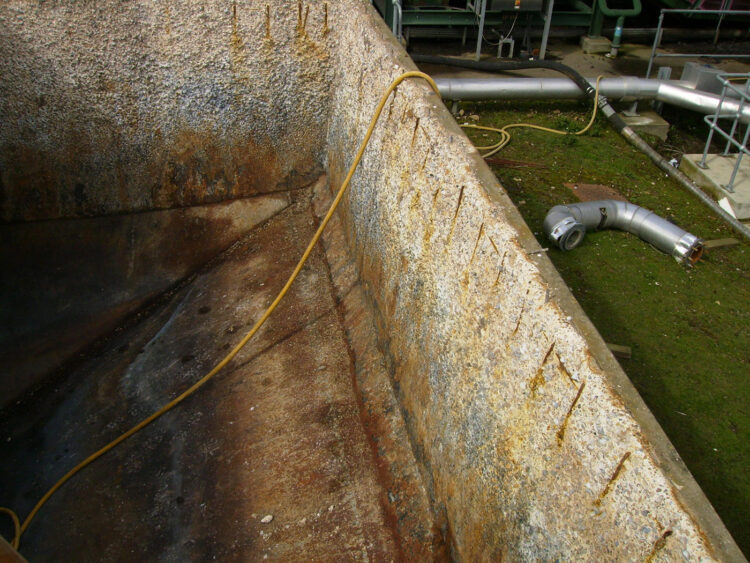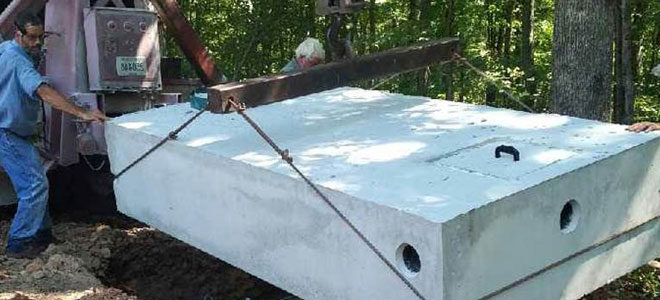With the appropriate bedding, backfill, and location on your property, your concrete tank should last as long as your house does. There should not be any issues with a new tank for the first 20 to 30 years of its life, and they can easily last over 50 years with regular maintenance and upkeep. Although they are reliable and long-lasting, they are also prone to having certain issues.
Some of these problems can be handled before they cause severe or catastrophic concrete septic tank damage. Here are a few of the more common problems that concrete tanks suffer from. For the additional information, you can check ajfoss.com.
Loading Changes

Proper loading is crucial for a concrete tank’s structural integrity. An unanticipated loading change can result in the deformation of the tank. It can be caused by excess soil being deposited on a top of a tank that is only a couple feet underground. It can also be caused by a residential or commercial property being built on top of the underground tank’s location. When you become aware that a concrete tank’s surroundings will change, get a hold of a qualified pre-caster. Pre-casters are trained to determine if a concrete tank can physically withstand the load being added to the tank’s surroundings.
Tree Root Penetration
Another way to prevent concrete tank issues is by taking note of what types of plants are in your tank’s surroundings during any routine inspection. You should keep in mind that tree roots can grow to be twice the length of their respective trunks. Having a clear zone that is free of troublesome tree roots is a necessity for underground concrete tanks. If a tree root does penetrate this clear zone, then it can slowly begin to reach and interfere with your tank. Tree roots are strong and sturdy enough to separate a tank’s concrete riser from the tank itself, so they are not to be underestimated. The sealant joining the riser to the concrete tank can sometimes are incredibly strong. Specialists attempted to take the riser off of the tank have sometimes inadvertently lifted the entire tank due to the sealant’s exceptional degree of adhesion.
Water Leaks

One concerning indication of a concrete tank problem is a leak due to water. Water leaks can come in several forms:
• Exfiltration
• Infiltration
• Internal
Any water leak should be repaired as soon as possible. A thorough inspection should be conducted to ensure that there actually is a leak and that its nature is identified. A homeowner who is ignorant of concrete tank operations may suspect a leak, and an investigation may reveal that the homeowner simply underestimated how much water the home’s occupants use each day. This is why it is important to track and record water flow and pump operation, as these measurements will inform you if a potential leak is a genuine or imaginary concern. Most water leaks can be repaired without requiring a concrete tank replacement.
Types of Issues You can Find at Concrete Tanks
Cracks
Cracks are the most common type that can be found on the concrete septic tank damage. Cracks are something that can happen in numerous ways. On the other hand, you can find micro-cracks that can form on the tanks as it ages. These small cracks are not that dangerous unless they grow to be larger ones who can let sewage out of your tank. Bigger cracks can form as a result of the stress that is inflicted on the tank. On the other hand, they can start to crack even more due to some phenomena like soil compaction or earthquakes. In these cases, tanks can be left without adequate support which can lead to the damage.
There are some cases where this occurred when heavy machinery or bigger cars drove directly on top of them. There are two ways these issues can occur. The first one is where these cracks can let the waste out of your tank into the soil that surrounds it. There is a high chance that this can create a biohazard. The second case is where those cracks can let the water from outside into your tank. The result can be really critical. It can lead to the backflow to the inside of your home. When you call the company that will pump out the waste from your tank, this is the chance to discover these cracks. The bigger those cracks are, the bigger are chances that you would need to take out the tank, and buy a new one.
Corrosion

The second common threat that we would like to talk about is corrosion. Usually, these corrosions think that there is a presence of hydrogen sulfide in your tank. This is a gas that is a side-effect of the anaerobic bacteria that creates it as one of the byproducts of this bacteria. We know it’s a paradox, this is especially dangerous if you have a highly-effective system inside your house. That way this gas can reach your home.
On the other hand, if the system doesn’t work too well, the level of this gas can increase over time. Throughout time, the gas can sink into the surface of the waste. When the damage on the tank is already inflicted, it is not likely that the tank will be in a proper shape much longer. In order to prevent the corrosion from happening, you need to have a regular check-up of your concrete tank. The other occurrence where you can have corrosion in your tank is inlet pipe positioning.
Repairing Water Leaks
After confirming a water leak, there are certain repair supplies and procedures that should be followed. If you are dealing with a dry leak point, then you should avoid hydrophilic compounds, as they require water to function correctly. Continuous leaks can be fixed with hydrophilic compounds, however, as they will expand on contact and halt the leaking water’s flow. Before doing anything, you should hire a specialized concrete tank professional. They can pick the right solution for your problem, use the solution properly and follow all applicable local safety and OSHA regulations.
 Hi Boox Popular Magazine 2024
Hi Boox Popular Magazine 2024



